Q. Leading up to tonight's preseason opener against the Lions, the teams held a couple of joint practices. Can you explain how something like that comes about? Does it start with a phone call from one coach to another?
Take a look at photos of the Pittsburgh Steelers' 11th training camp practice and second joint practice with the Detroit Lions.
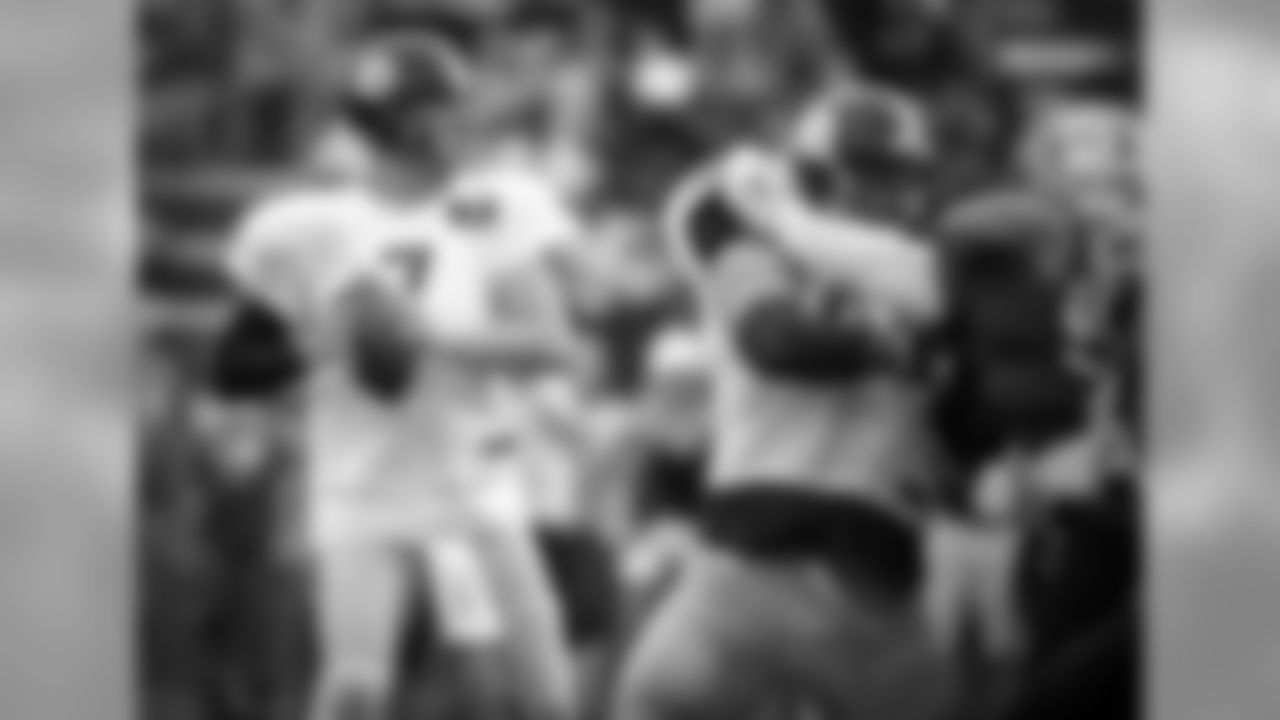
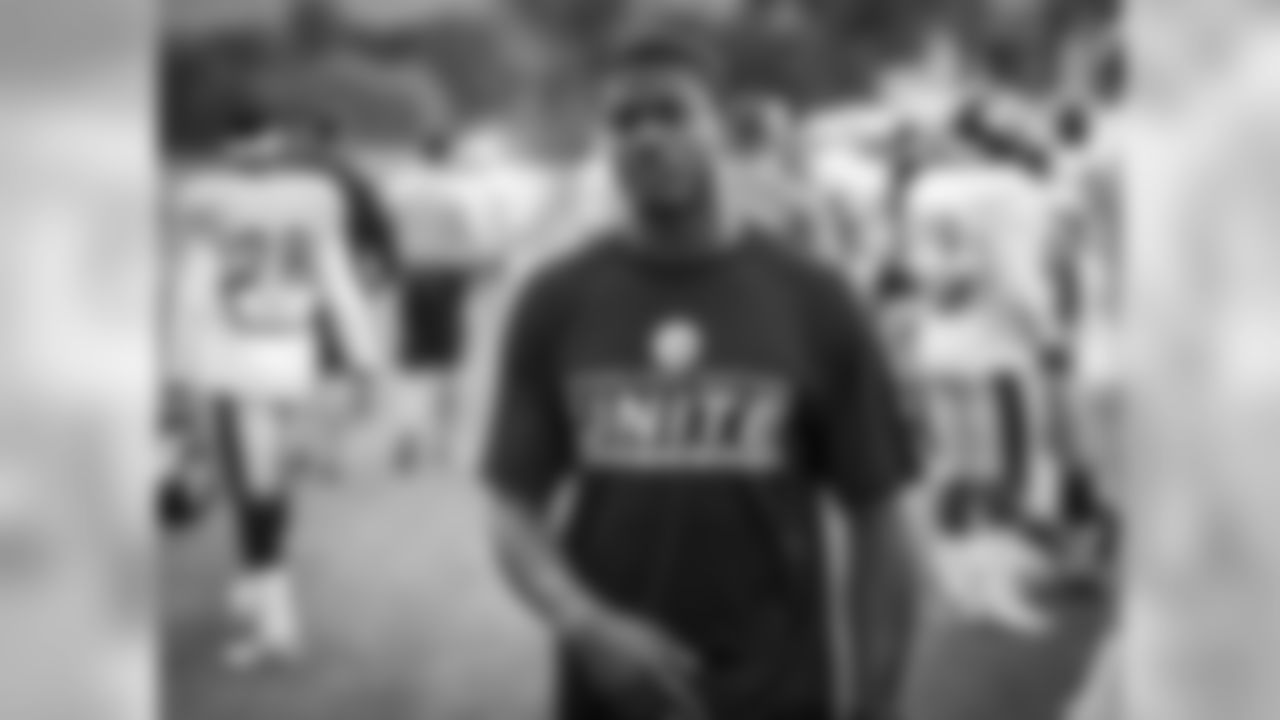

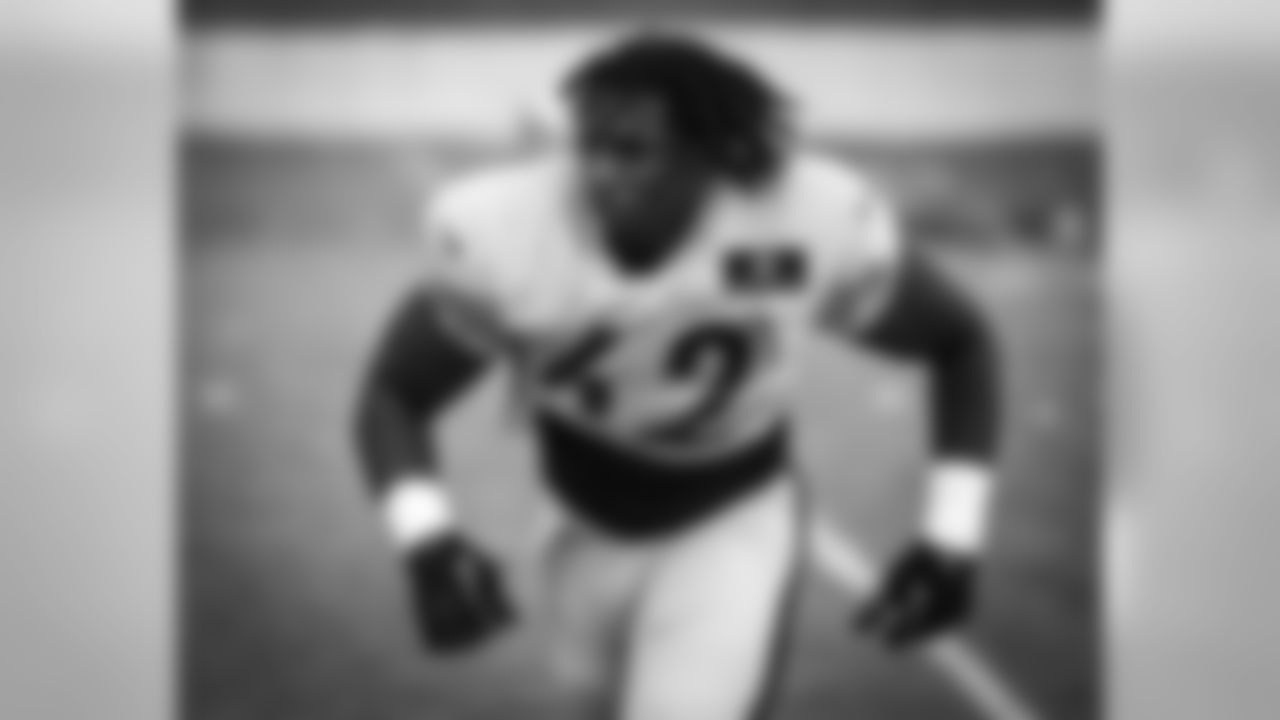
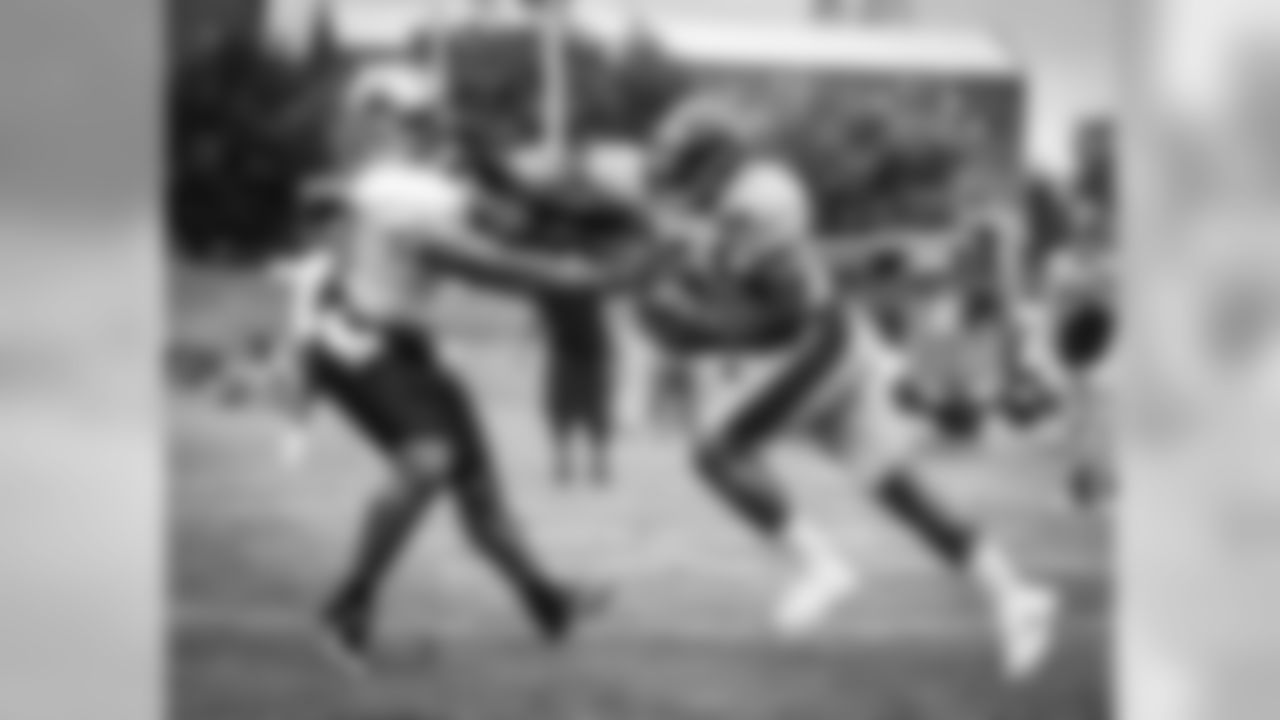





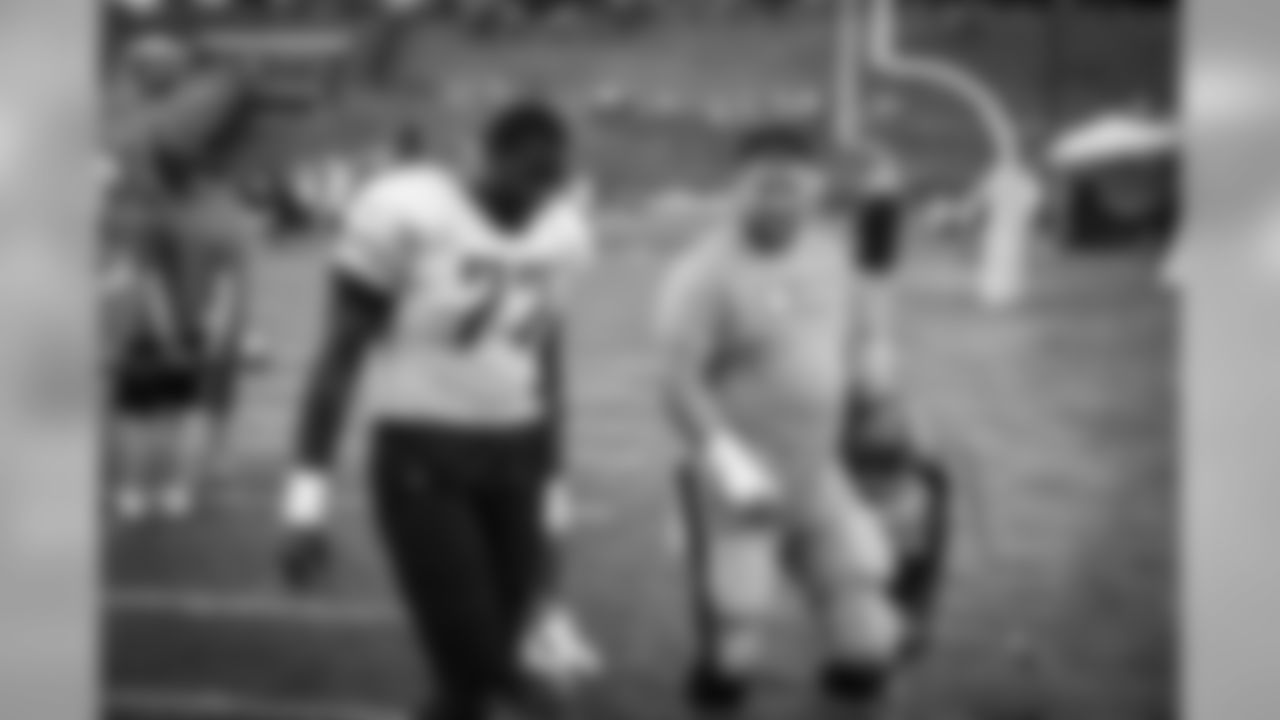
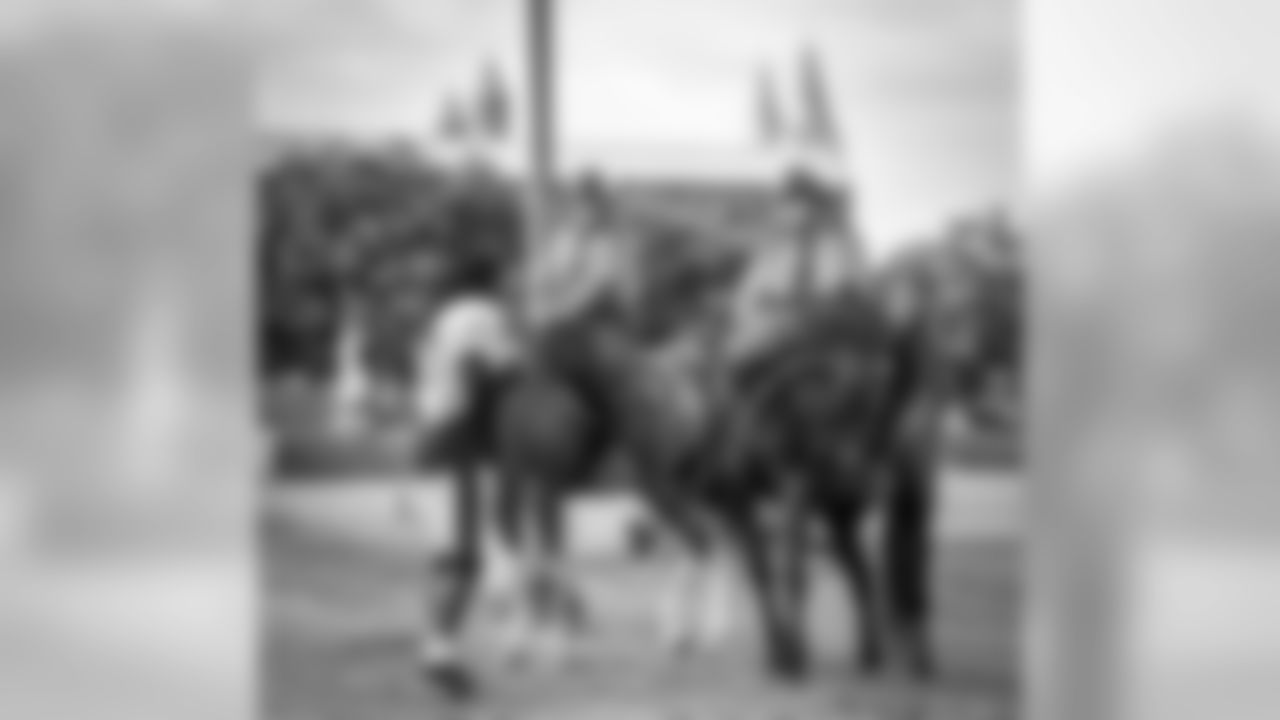

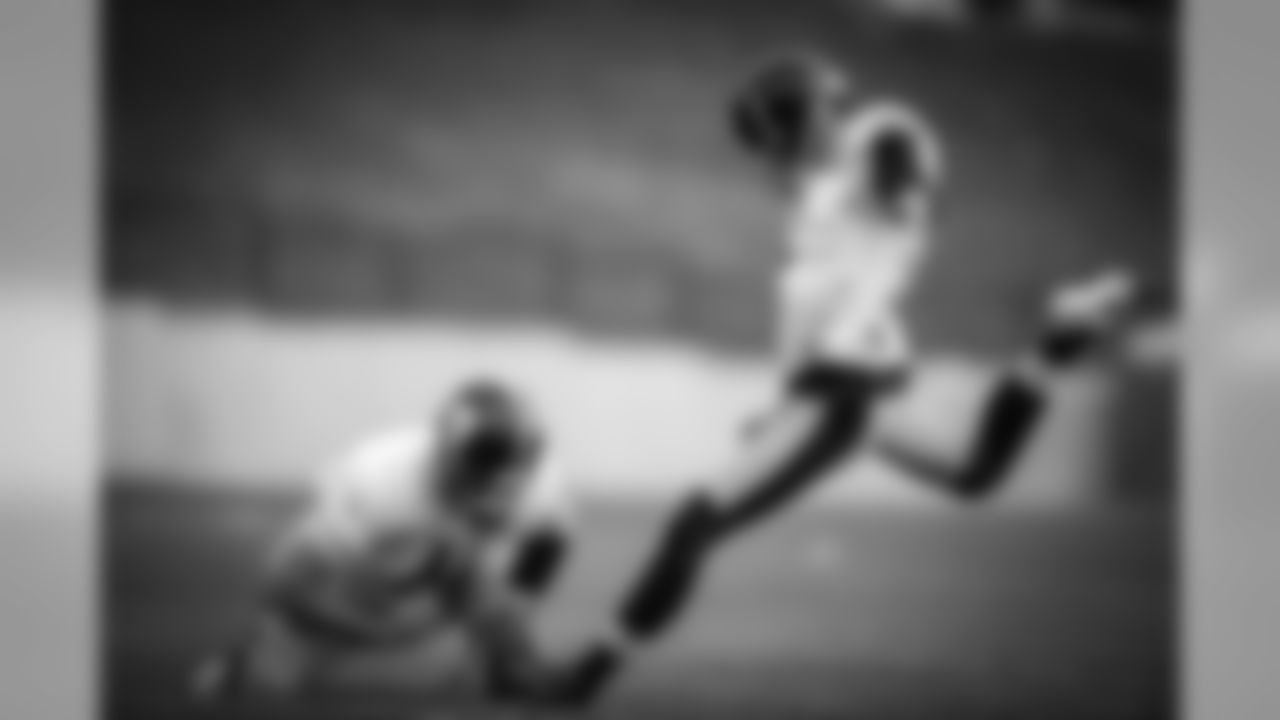
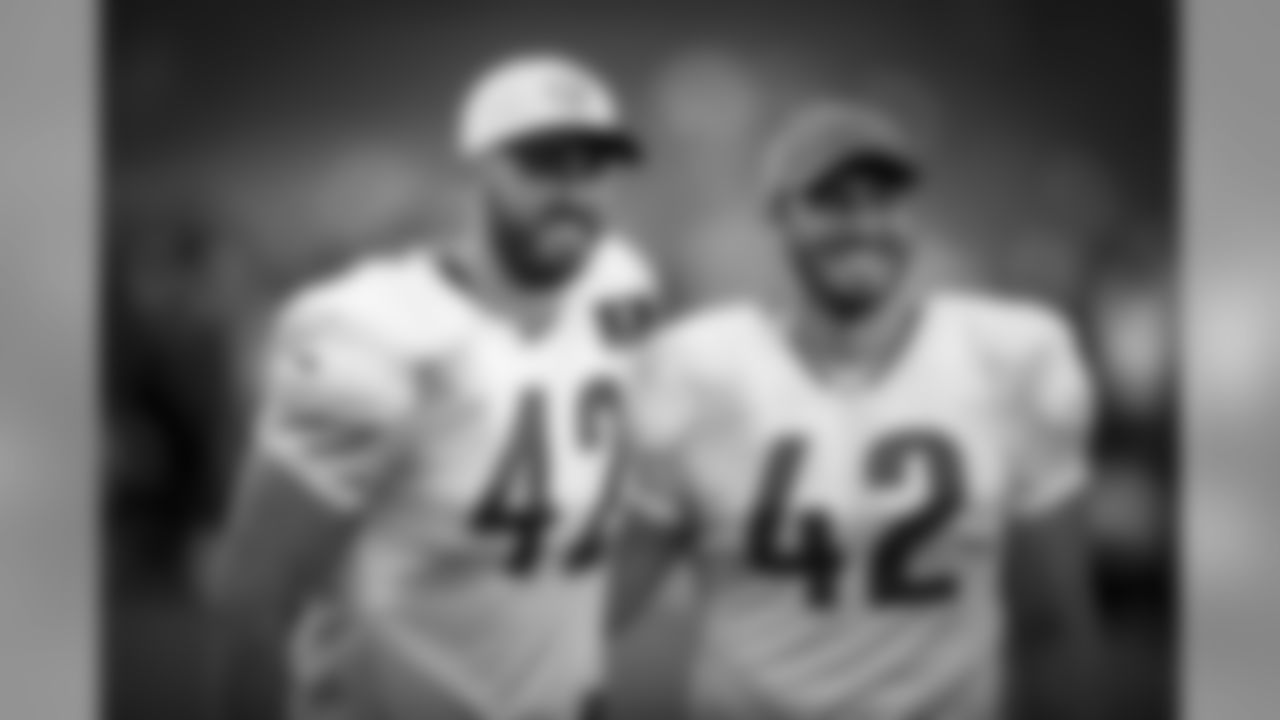
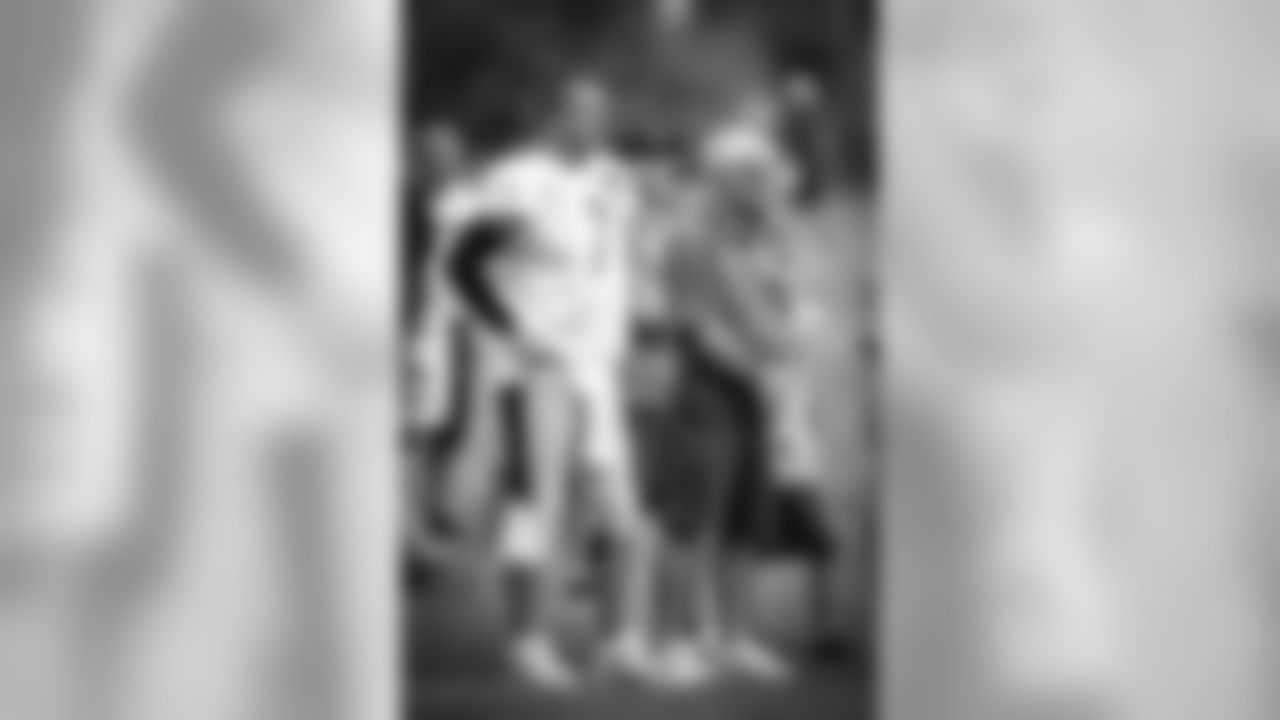
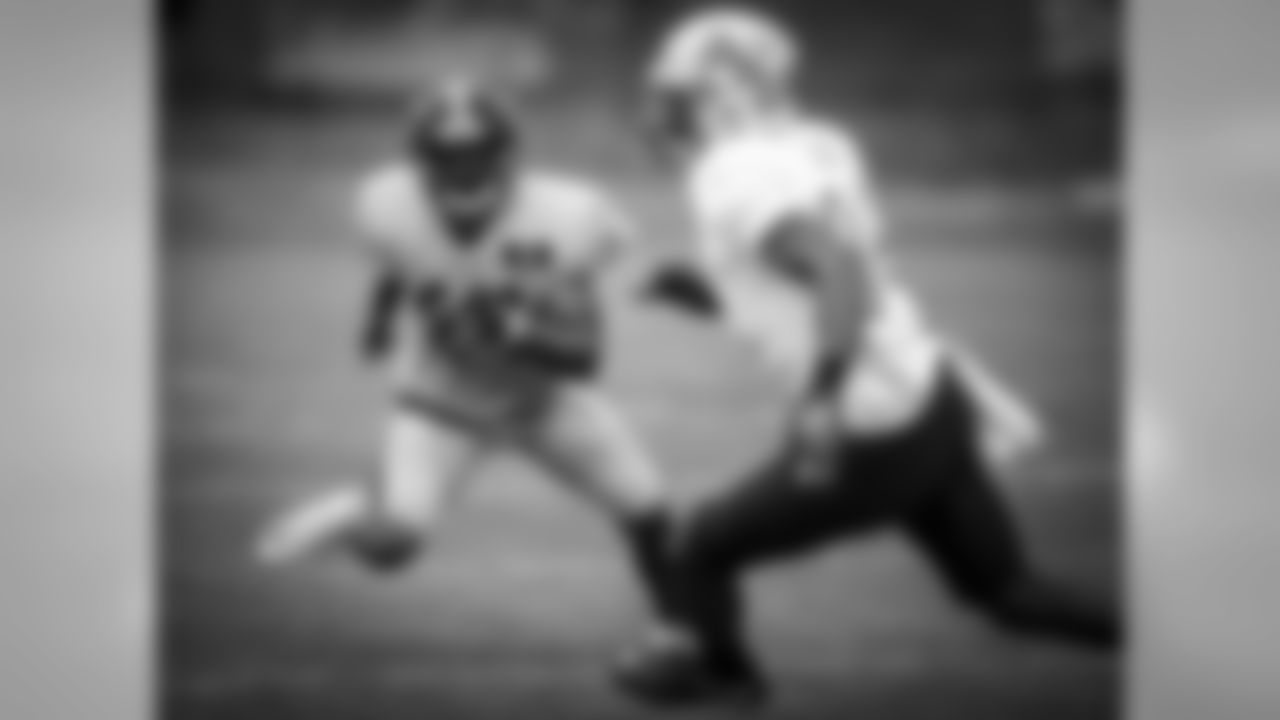

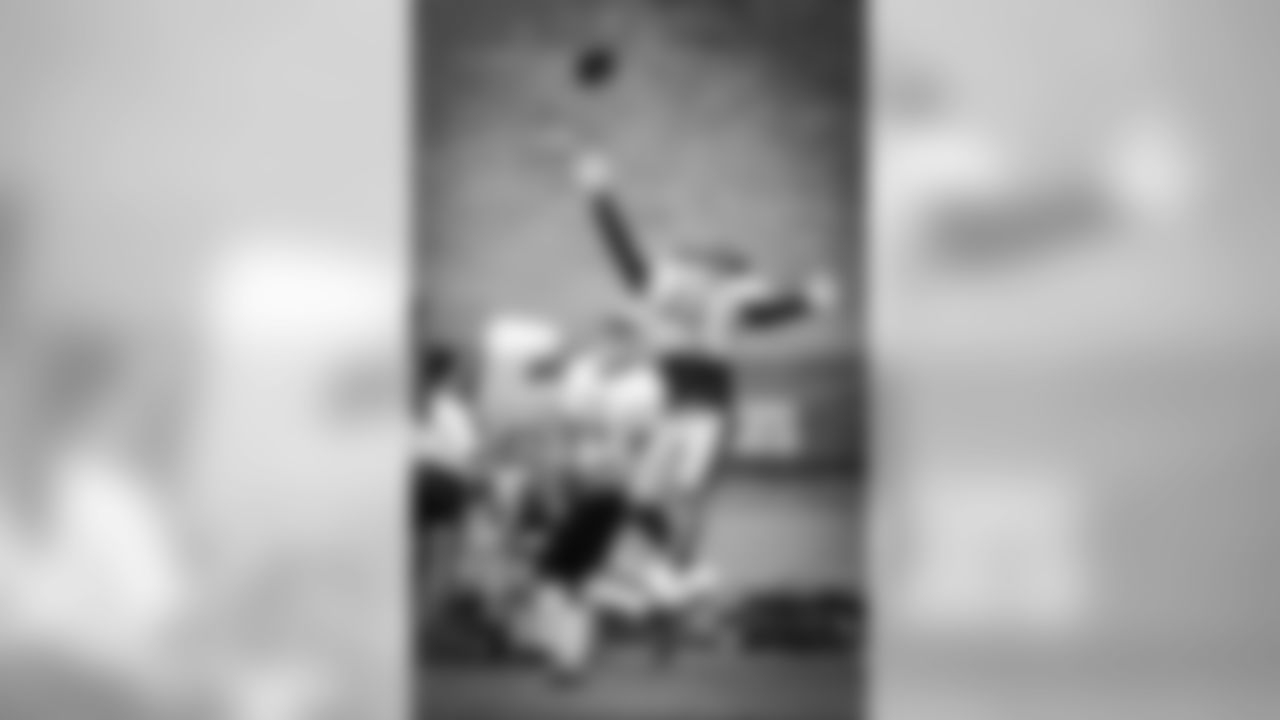

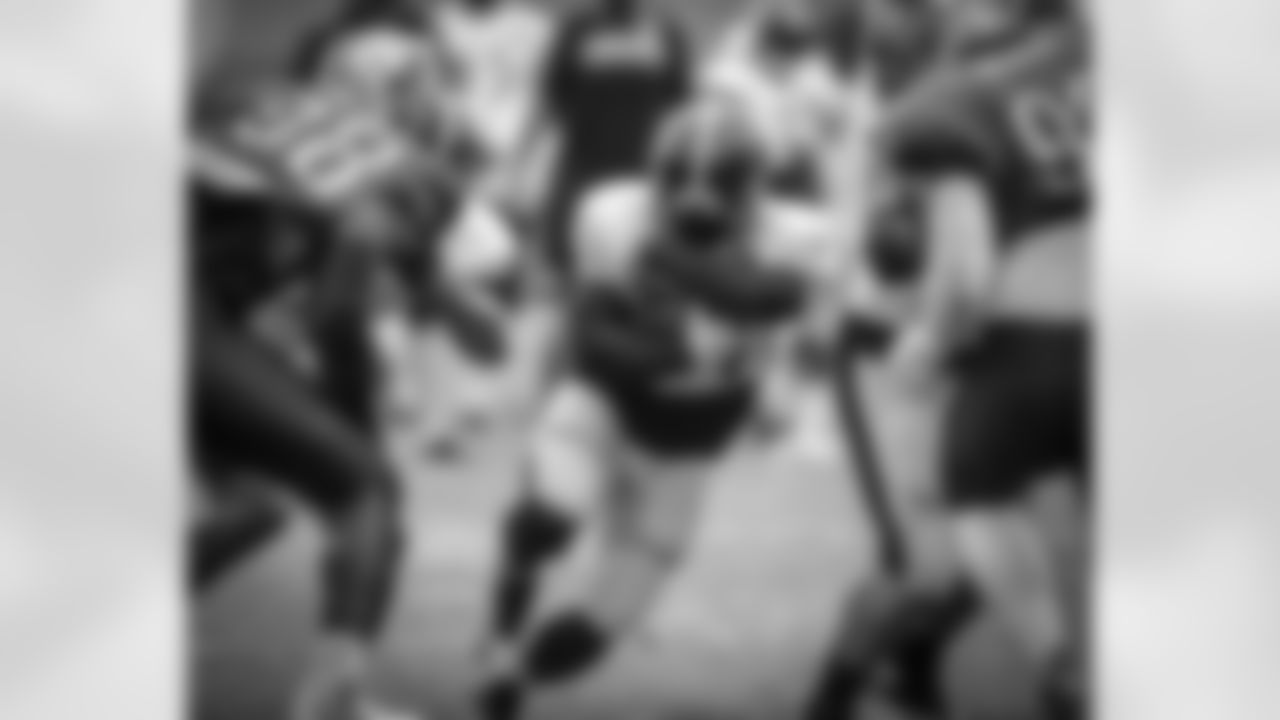
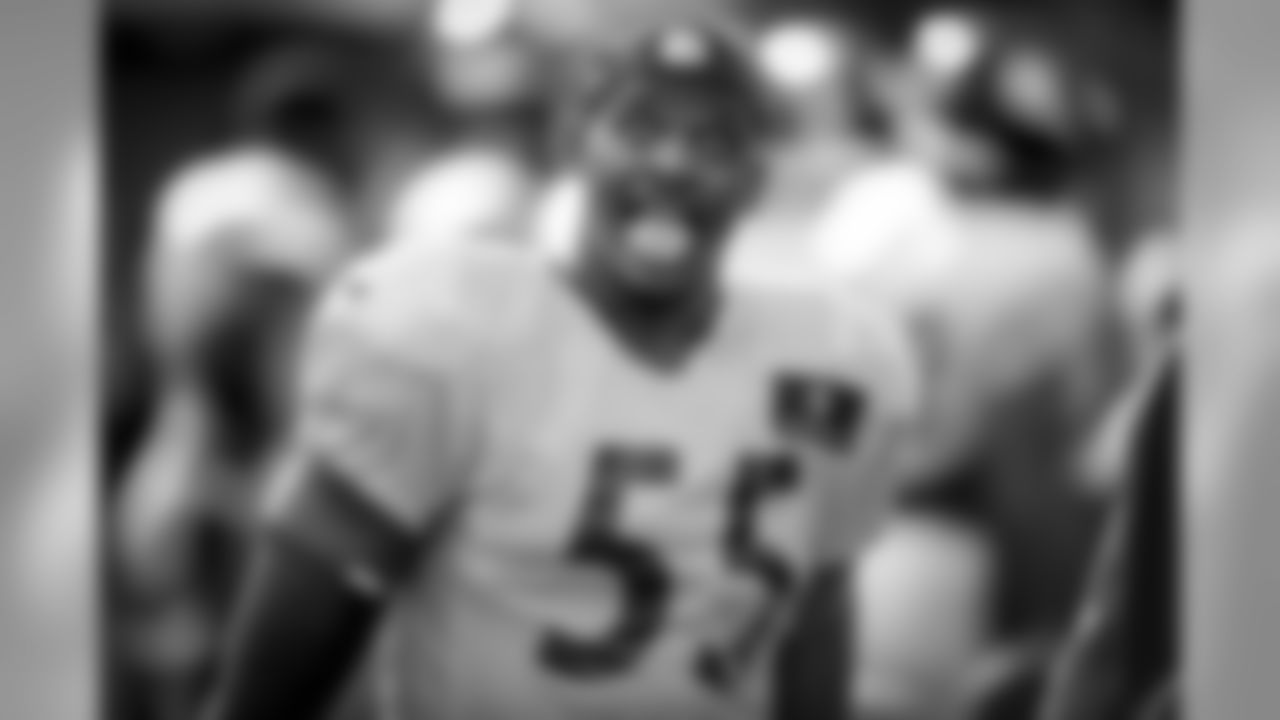
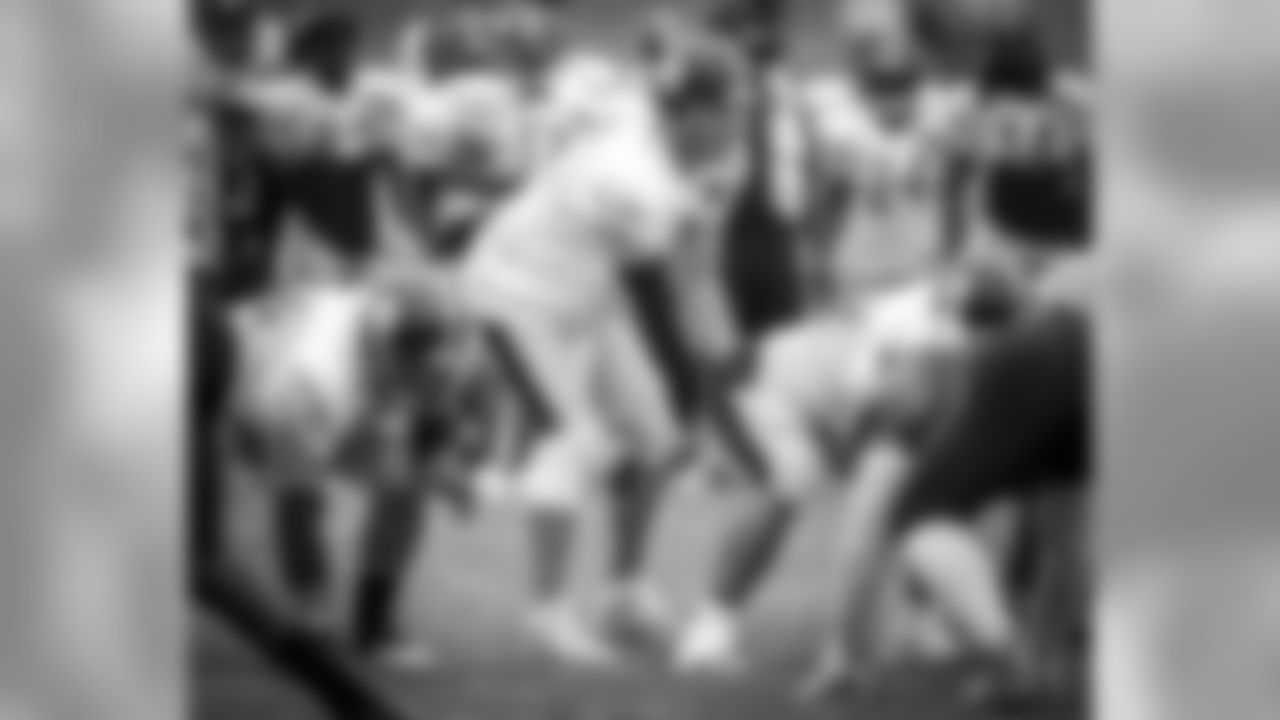
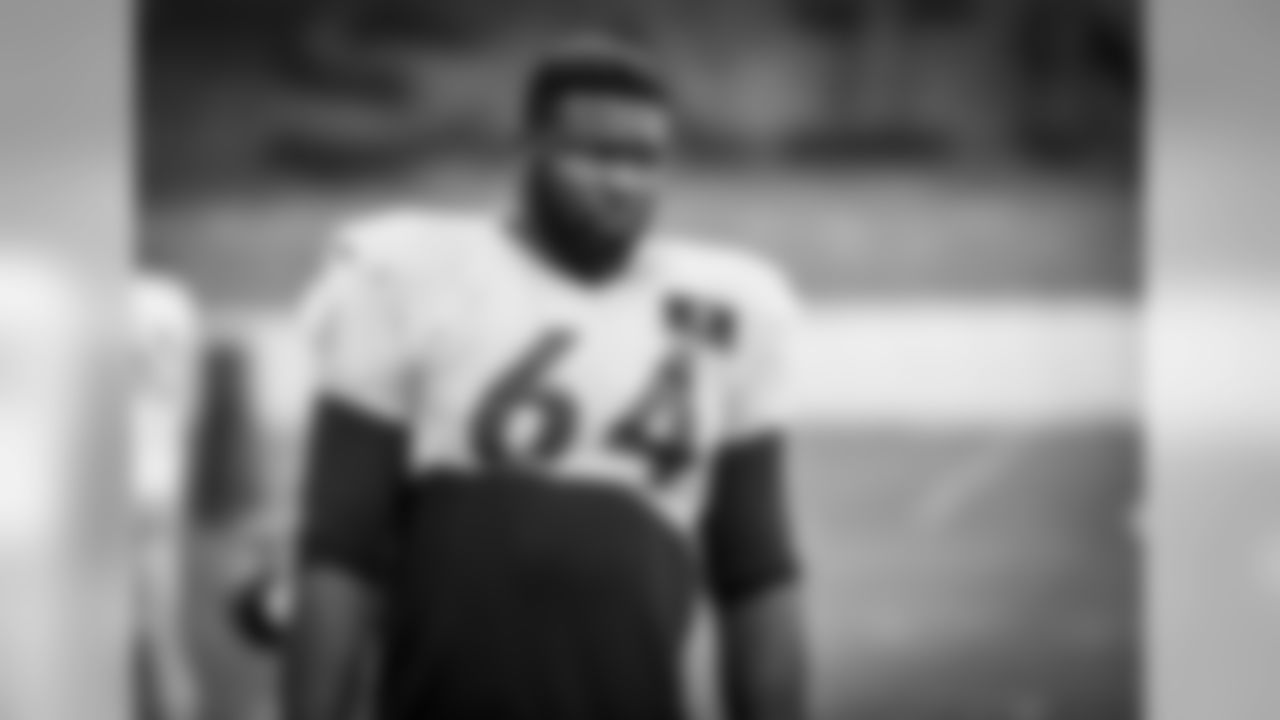
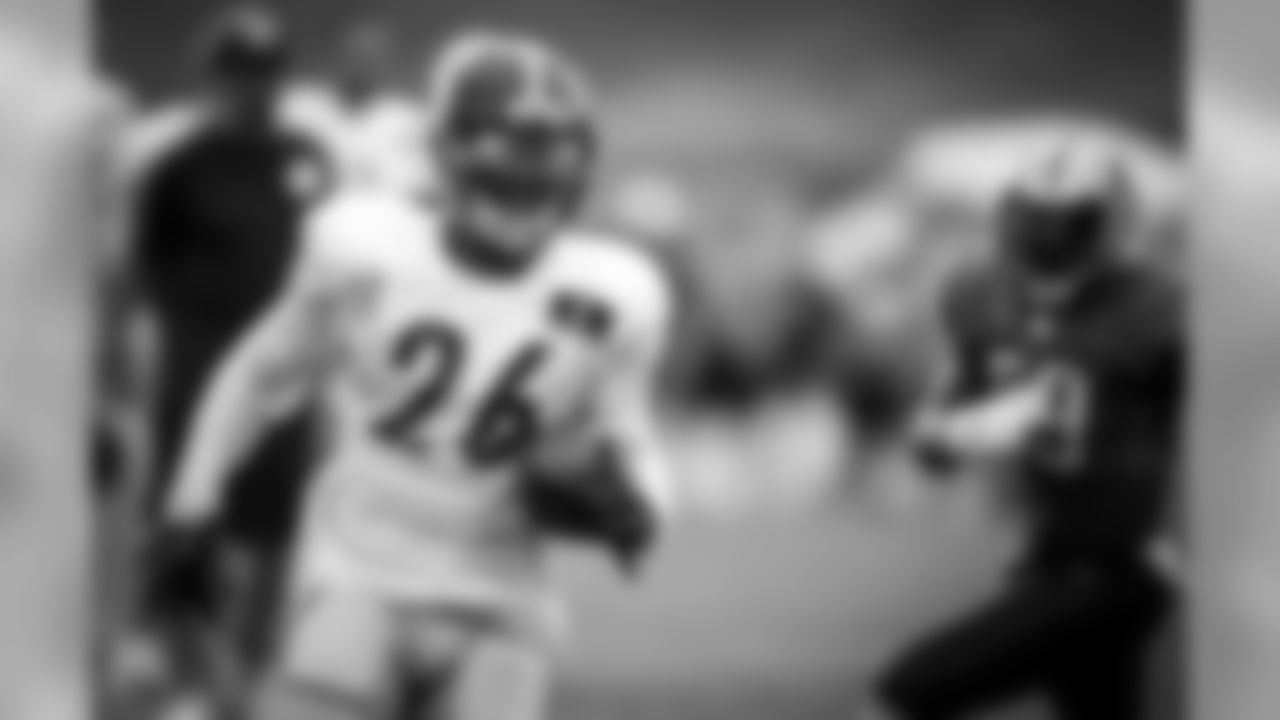
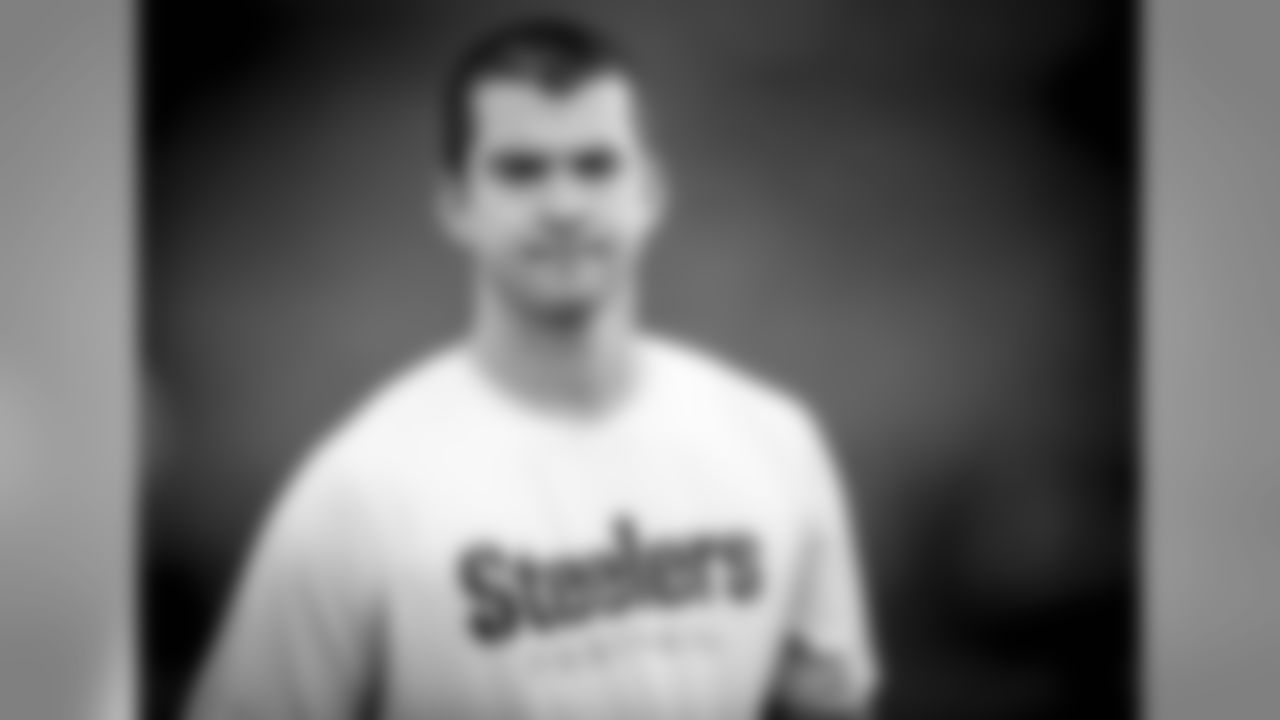
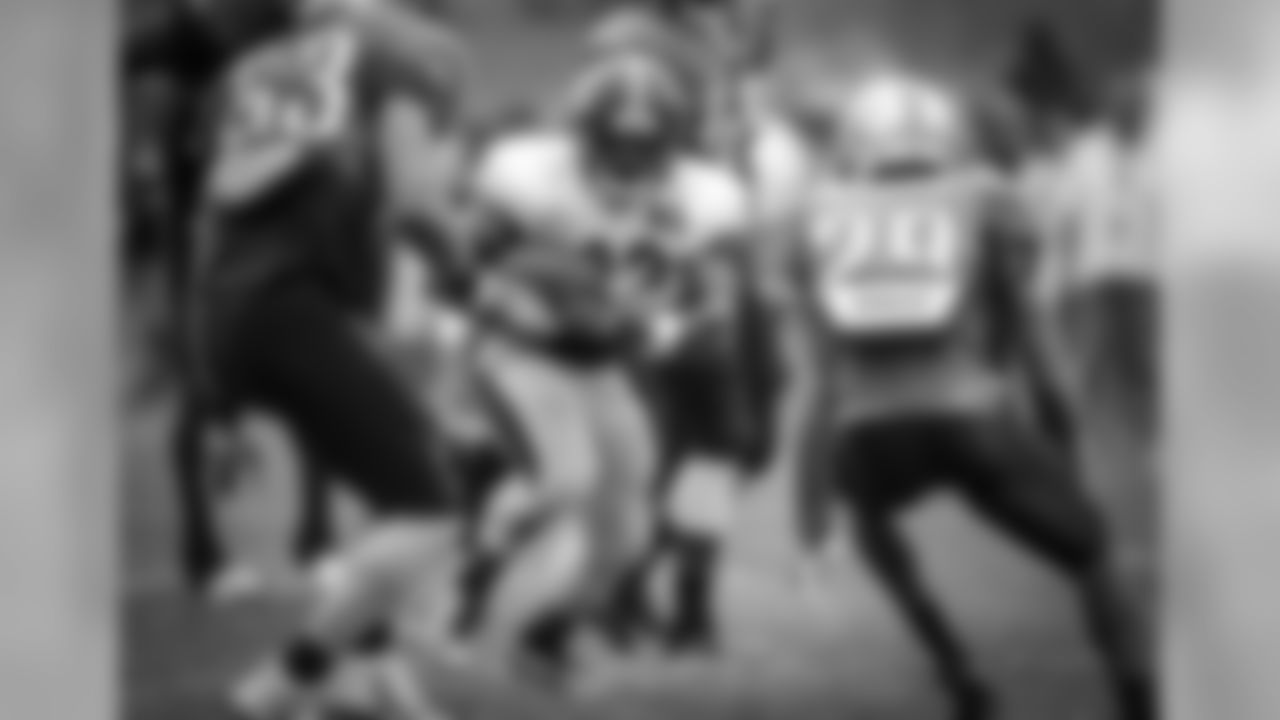



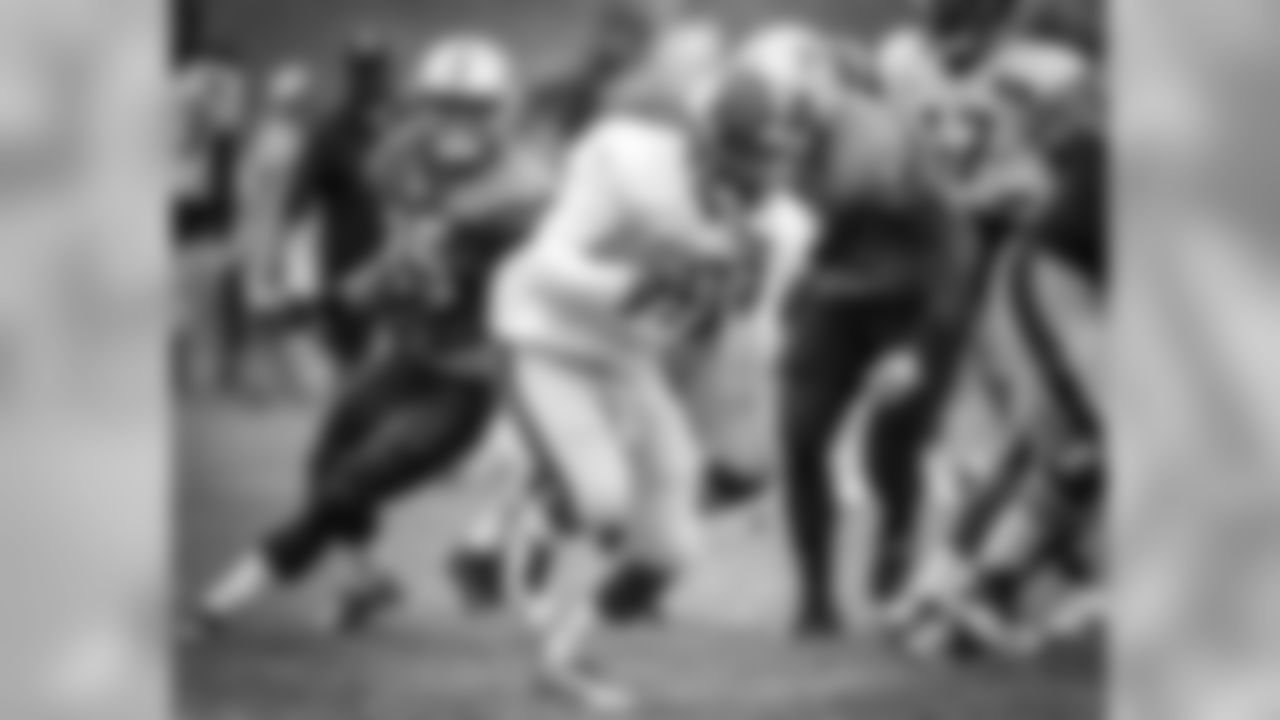
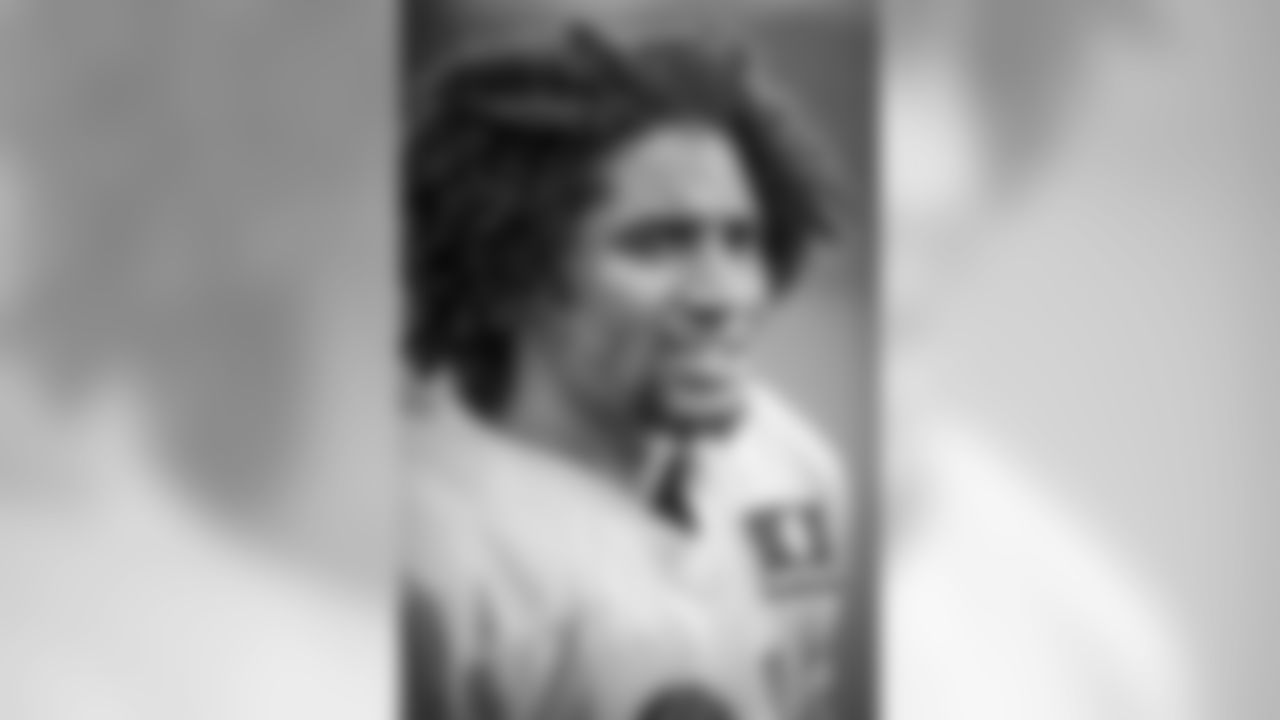
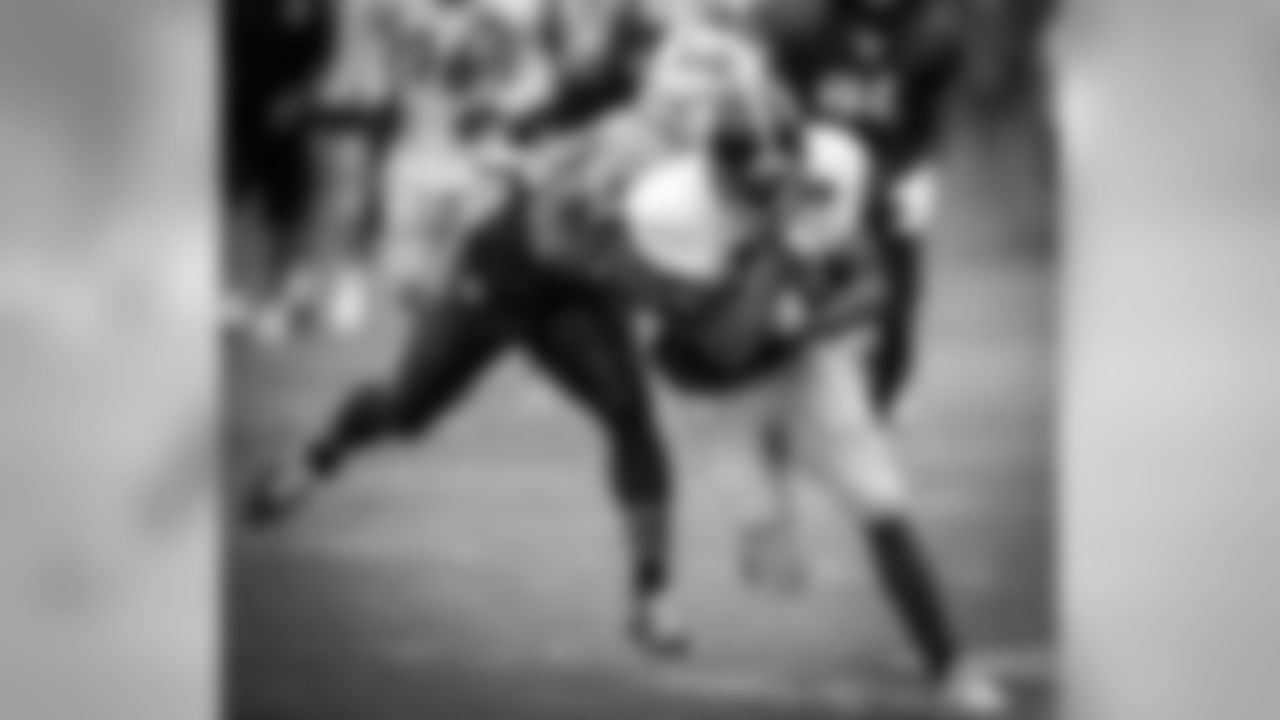

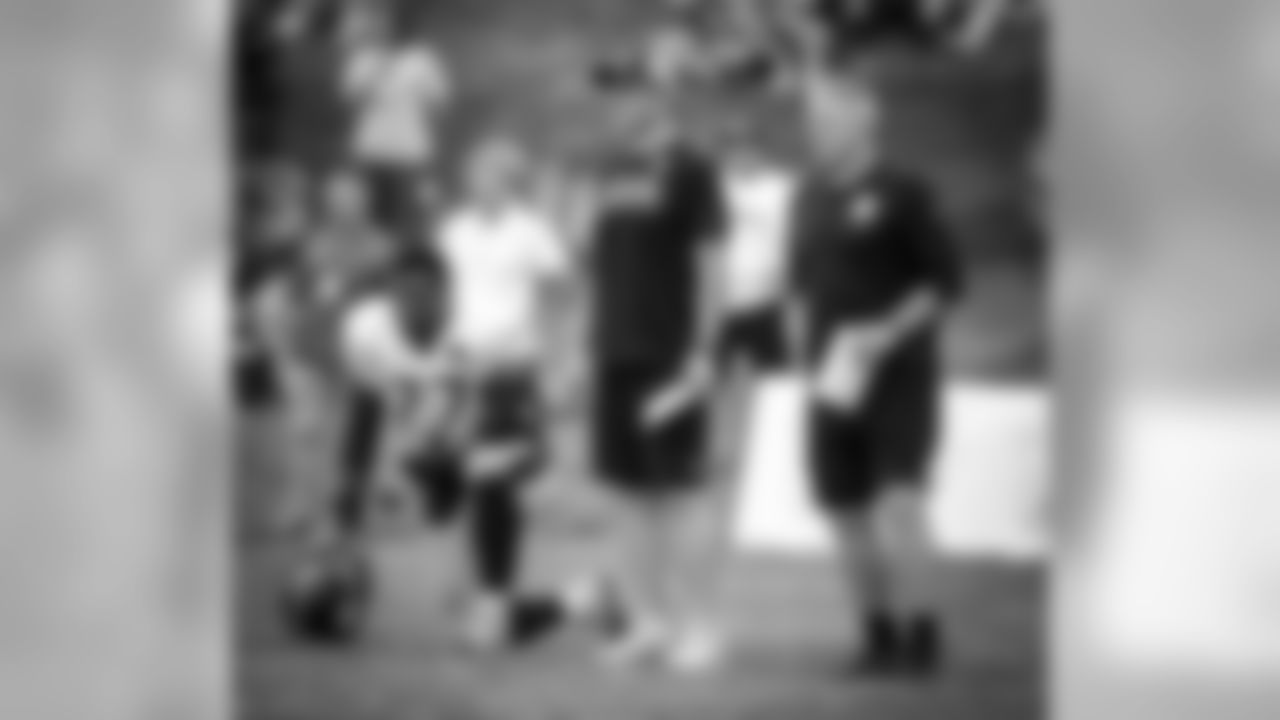

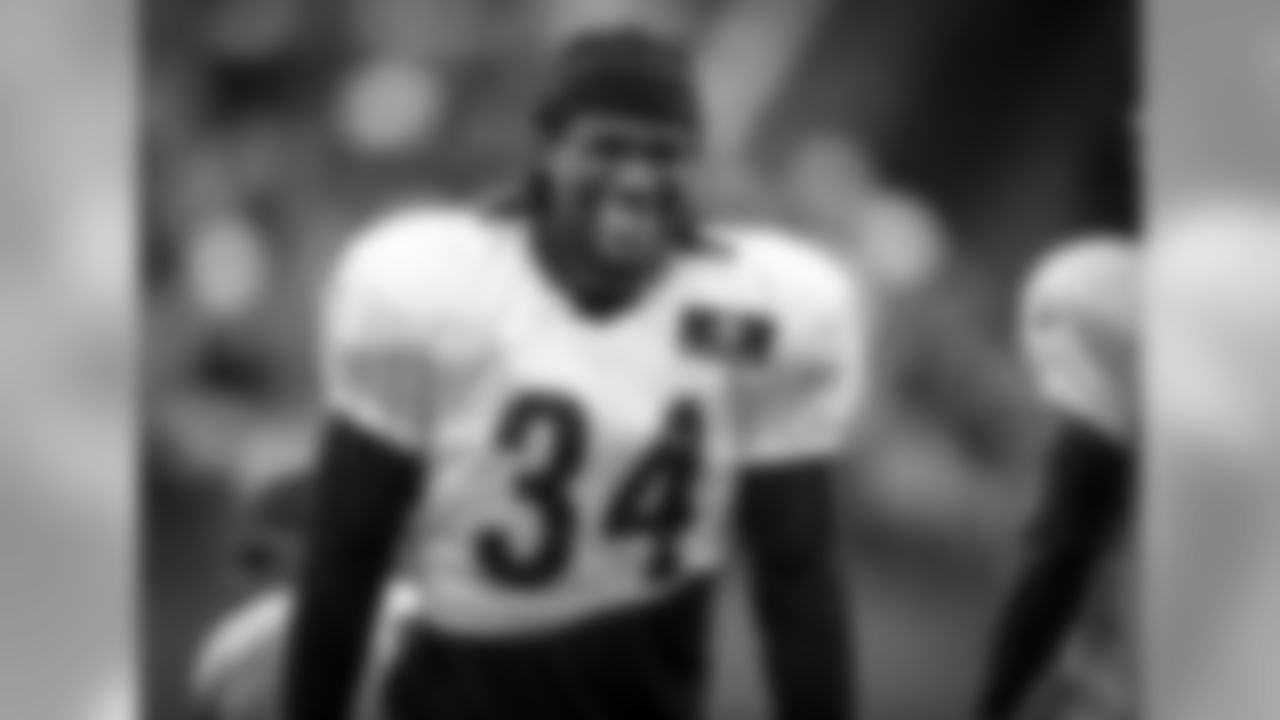



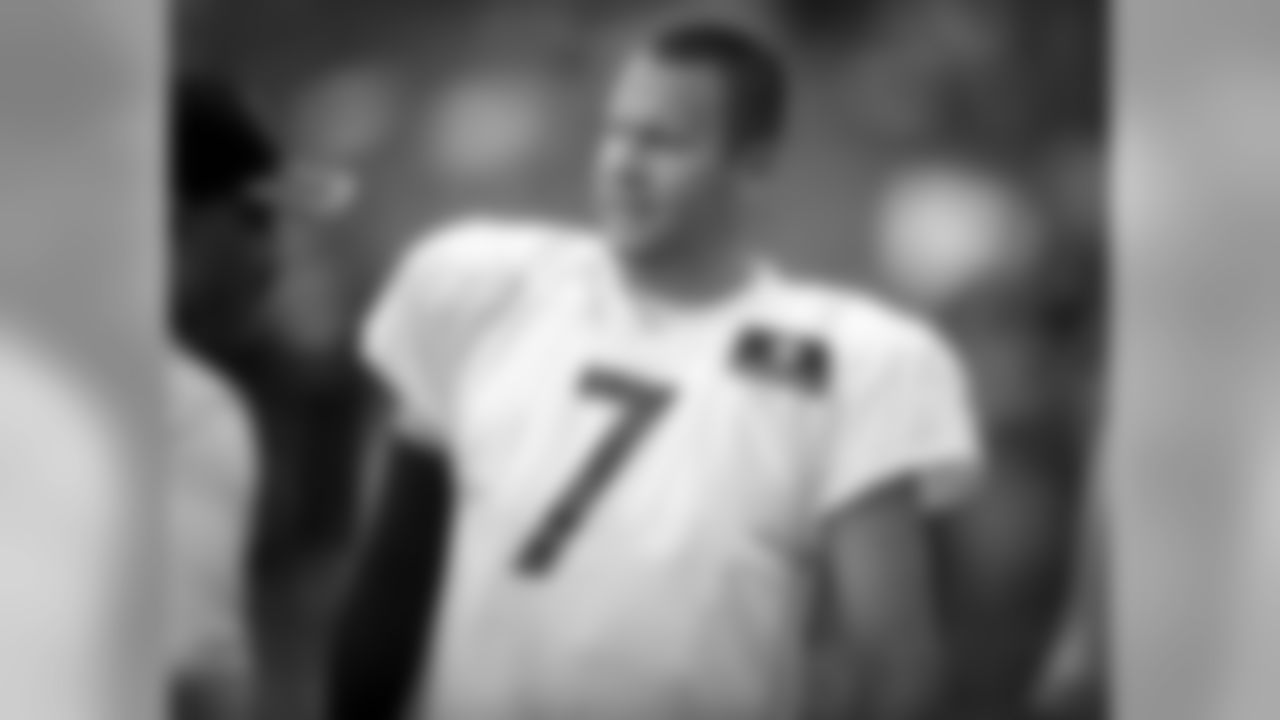
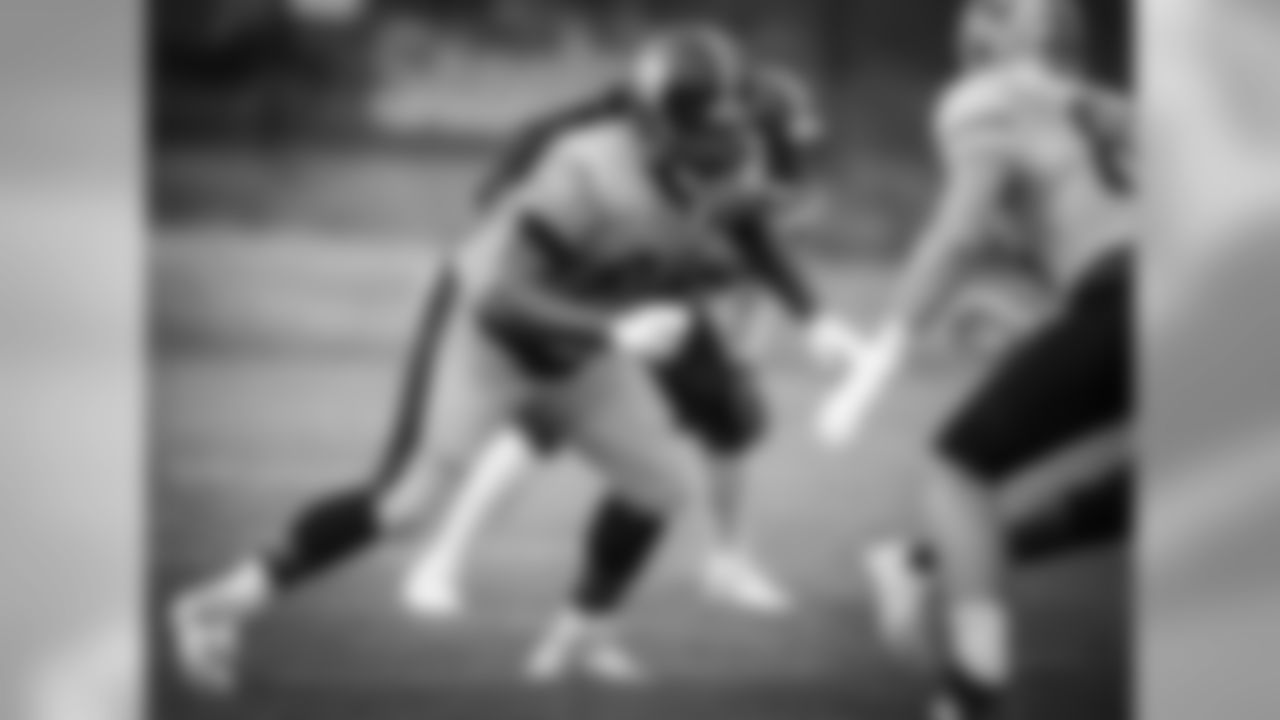

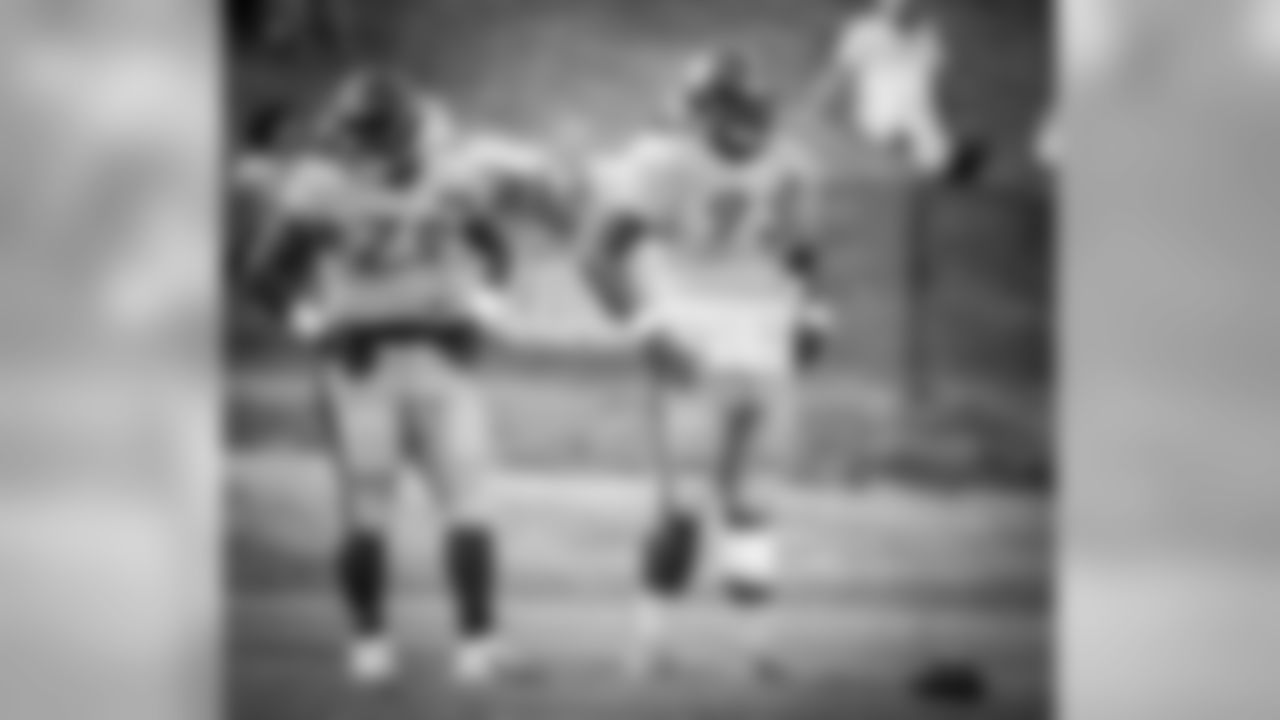

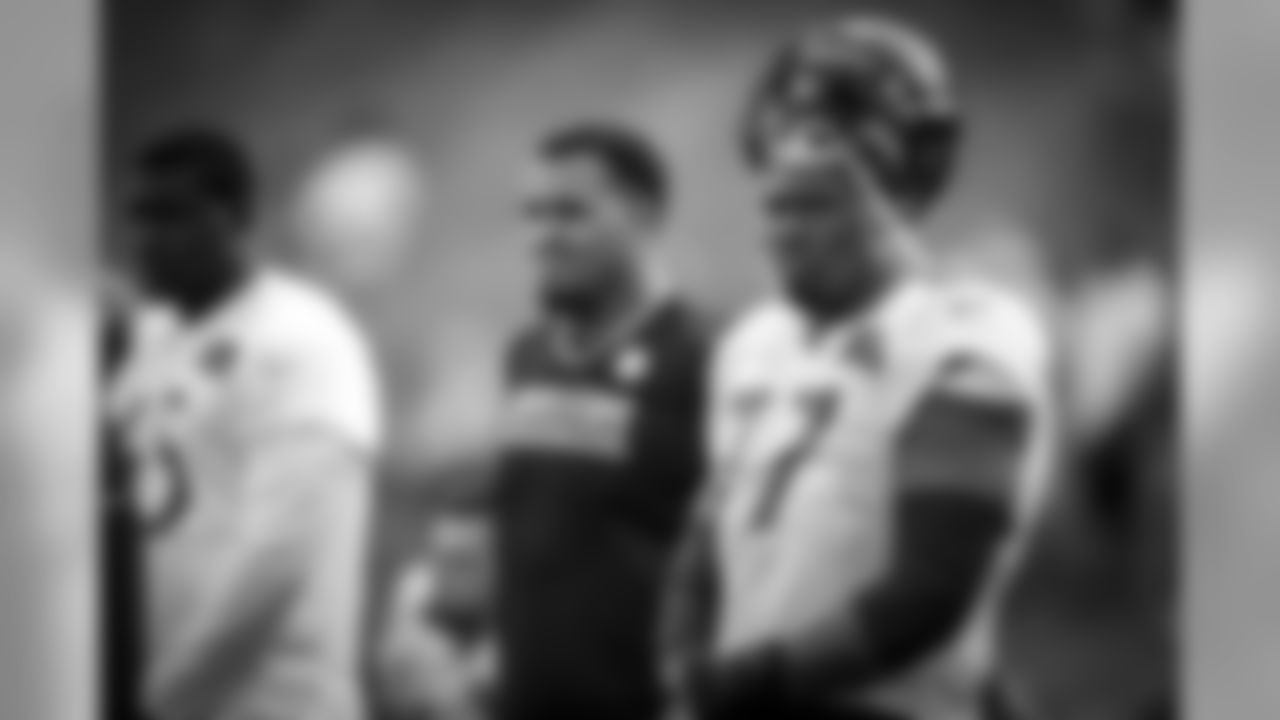

A. It almost always starts with a conversation between the head coaches. That's an important element of it. There has to be a mutual understanding there, at least a shared mutual approach to preparation, some things you philosophically share to allow teams to come together and make productive use of the time without being negative. I have a nice history with Jim Caldwell, I know his approach to preparation, and I thought it would mesh well with ours. It has been a great experience for us.
Q. Does a practice against an opponent tell you more about your own players than a Steelers-on-Steelers practice?
A. It absolutely does. Over the course of the spring and the summer, you start to get an understanding of how your offense attacks you, or how your defense attacks you when you're working Steelers vs. Steelers. So you start to take some calculated risks associated with familiarity. I think that when the scheme changes and the players got more unfamiliar, it makes you play more fundamental. You see who really follows rules, and whose vision is really sharp. It creates an unsettled feeling that is really a great evaluation aid in terms of knowing who can play and who can't. It was beneficial to us in that way.
Q. In choosing the site for these kinds of joint practices, is Saint Vincent College a selling point? Specifically from a coach's perspective, what's good about these facilities for a joint practice?
A. This is why it's attractive: we've been here for 50 years, and that continuity creates a very predictable logistical environment. Adding (people) to that environment is no problem. The sustained success we've had there makes doing things like this extremely easy, because our normal operations are so consistent and easy and fluid. They don't have any security questions. They don't have any crowd control questions. They don't have any logistical questions about the housing and the preparation of the team. All of those things have been tried and tested over the course of years in this environment, and that's what you don't have when you've been at a training camp site for maybe two or three years. You don't have that long track record of operation that makes everyone comfortable.
Q. Is it possible to hold a joint practice if the league doesn't help out by scheduling a preseason game against that same team that same week?
A. It definitely can happen, and it probably does, but having a preseason game against the team probably does aid in the construction of the schedule when a game can be a part of it.
Q. During a particular practice – any regular afternoon practice on campus – is there any significance to the drill you choose to watch in person?
A. (Laughs). I'm thoughtfully non-rhythmic in that area. I always want the guys to know that everything we do we do with a purpose and is of interest to me. I have an informal schedule, and it's become informal over the years because I've found my rhythm. But in the early years, it was very formal and strategic, in terms of where I placed myself in any given practice. I just want my guys to know that anything we do is important, and I have to lay physical eyes on everything on at least something of a routine schedule basis to back that belief up.
Q. In terms of the evaluation, are there certain drills or positions that are better seen on video, via the eye in the sky?
A. I agree with what you say, but I take the opposite approach in that some drills are better seen from ground level than they are on video. Usually it involves the close-quarter combat between the big people, and that's why I often choose one-on-one pass rush over seven-on-seven. Although both of those drills occur at the same time, seven-on-seven is much easier to watch on video than the one-on-one pass rush. Some of the subtleties, some of the hand-placement things, the hand usage things that are critical to winning one-on-one, the video doesn't give you a very good representation of that. The big feel, the things that happen in seven-on-seven, you're probably just as effective watching that on video as you are in person.
**
Q. What are you looking for from your team in this preseason opener, and I'm not referring to the measurable statistics so much as some of the under-the-radar elements that can indicate whether guys belong?**
A. Individually I'm looking for guys who show the setting is not too big for them. And I know that's a cliché that's thrown out all the time, but when I say that I mean that a guy is cerebral in the midst of the game, that he's able to play the circumstances the game presents. That he's not just a deer in the headlights executing assignments out there. That they're thinking critically about sudden-change, about third-and-3, about red zone and elements of the game that really are significant in determining the outcome. I want to see a guy who shows understanding in that area. Collectively, I want to see us developing into a group that's tough to beat, and by that I mean we're a group that doesn't beat ourselves. We can't be a group that's highly-penalized. We have to be a group that takes care of the football. We cannot turn the ball over. We have to be a group that generally hustles and plays extremely hard. We've done those things to this point in the journey, but I want to see us carry those tools into a stadium.
Q. Will you test young guys' game conditioning tonight with a lot of snaps, or is this going to be more about seeing a lot of guys in a game situation?
A. Sometimes you might (play a guy a lot of snaps) by design, and sometimes that just happens because of circumstance. Invariably it always happens. There's always going to be a young guy who plays a lot more snaps than he anticipated, and it's always interesting to see how he responds to that and what he does with those snaps.
Q. How detailed is your plan for this preseason opener when it comes to distribution of playing time?
A. In some instances, it's very detailed. In other instances, because of circumstances, you play it by ear. When you're working short at some positions because of injuries, sometimes that rotation is somewhat out of your control. If you're turning the ball over, or there are an inordinate number of snaps on any side of the ball, sometimes that's out of your control. We always come in with a hardcore plan but understanding there are things that could change that – such as injuries, or the flow of the game creating an imbalance of snaps one way or the other.
Q. There have been a bunch of national media through here, and the consensus seems to be that Steelers' practices are more physical and include more hitting than the norm. Why do you do it the way you do it?
A. I just believe it's a very necessary part of the team-building process, and for two reasons: No. 1, we're doing our due diligence by preparing them for the physicality that is football at the NFL level; and No. 2, I think it's a tremendous evaluation tool. We have 90 capable guys vying for 53 positions, and when you infuse a tough, physical environment as part of the process, I think it helps you provide clarity when sorting those men out.
Q. During a backs-on-backers drill on the first day in pads, Ben Roethlisberger stepped into the square and served as the imaginary quarterback/target instead of a ball-boy. You were standing right there watching. What did you think of that?
A. Sometimes I play chicken with Ben. I think he wanted me to take him out of the drill, and I didn't want to give him what he wanted. (Laughs)
Q. What's to be gained from that, though, from having Ben participate in backs-on-backers?
A. Ben's presence adds credibility to whatever drill is going on. Often, he doesn't get a chance to participate in backs-on-backers because he's throwing the ball in some other drill taking place at the same time. More than anything, he was really excited about having the opportunity to see the drill. He hasn't seen the drill in person a lot since he's been with us. That was an element of it, but also I think he likes to be able to feel the pocket. Ben is a guy who has built his reputation on standing in and sliding in the pocket and extending plays, and he saw it as an opportunity to work on those skills some. Make no mistake: everybody in the drill knew he was in the drill, and they behaved accordingly.
Q. Do you have at least a partial opinion on every player on the roster by now, in terms of whether he belongs or not, and how or where he might fit onto the 53-man roster?
A. I'm sure I do, but I make a conscious effort not to draw too many conclusions, because what happens in stadiums is such a significant part of the evaluation process. Usually it mirrors what we see in practice, but "usually" is a dangerous word. So I try to reserve opinion on some of those things until we get into a stadium.














